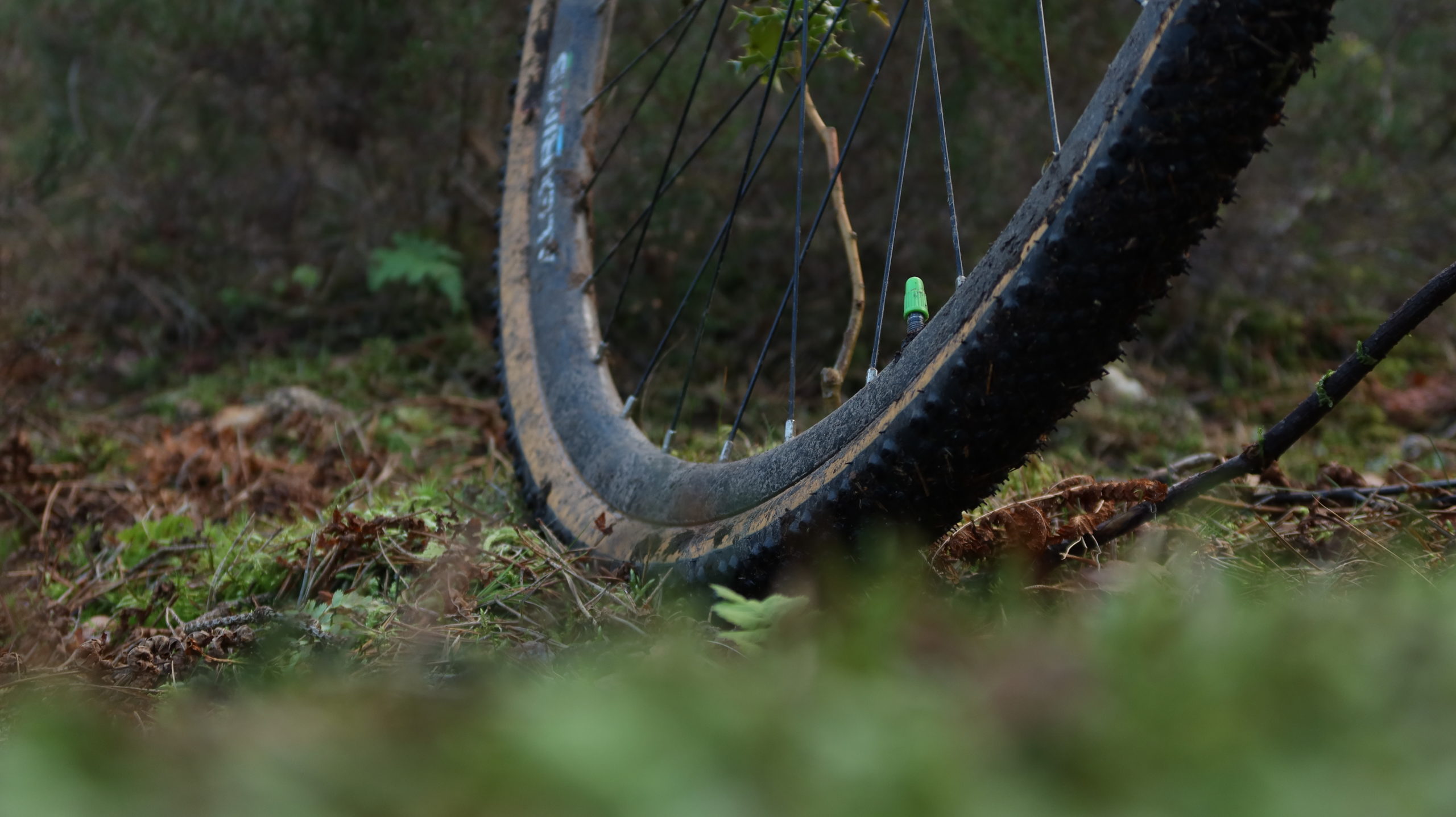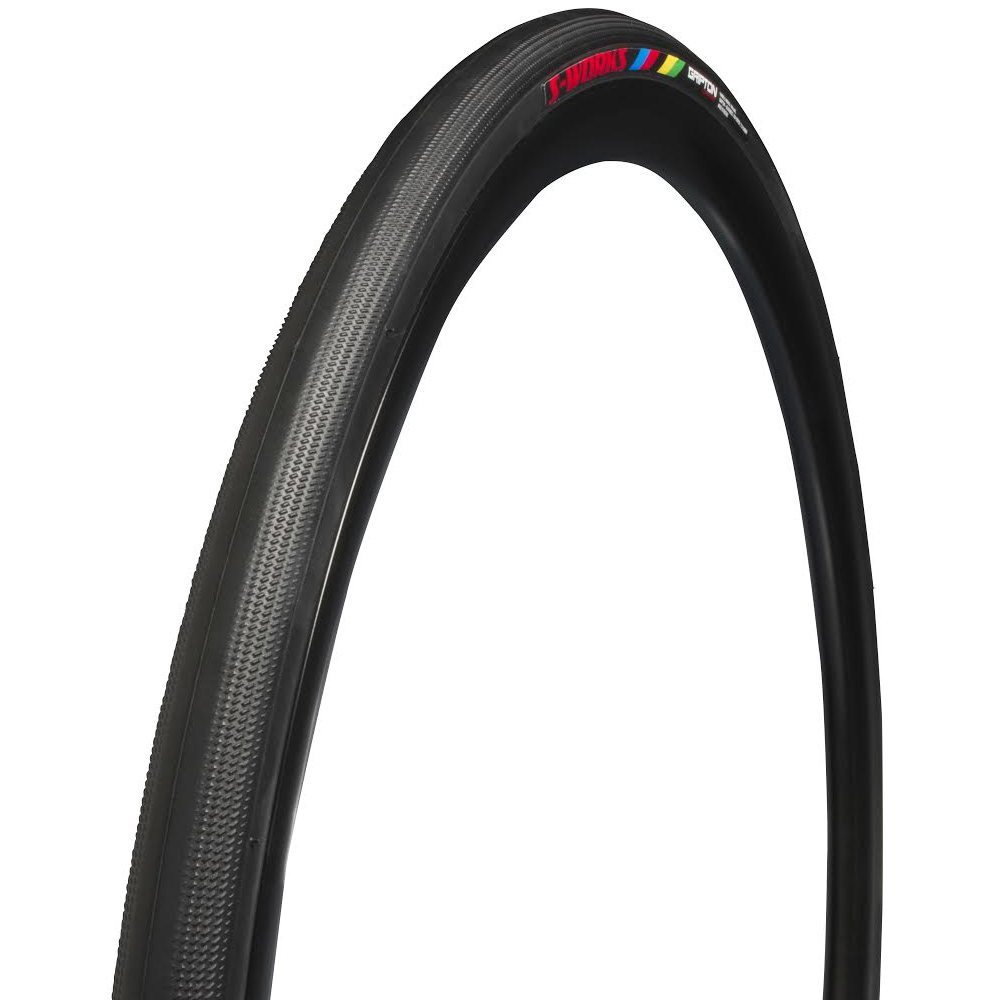How do you choose the best road bike tyres? Something which is often underappreciated in the world of bikes is how complicated the process of selecting some new tyres can be, or at least often feels. All rubber is not created equal with tyres often engineered to reflect some desirable properties. For example, a tyre engineered for time trialling will have low rolling resistance as its primary goal but this comes at a cost in the amount of puncture protection the tyre can provide.
Upgrading or replacing your tyres is one of the nicest feelings in cycling and here we will talk about ways to decide which tyres to buy and hopefully turn the task of tyre selection into an easy one to get right! We’ll focus on the actual rubber you choose, but choosing between clinchers, tubeless and tubs is also part of the process, especially if buying new wheels or a new bike entirely.

What sort of riding are you doing?
The first question to consider is where do you ride your bike? I know that you probably won’t accidentally order a set of 23mm slick tyres for your mountain bike (although I’m sure someone has done this) but thinking carefully about the surface and sub types of surface you ride on can be critical for getting the most out of your tyres. For someone who rides on the roads do you spend most of your time on smooth, perfect tarmac in the sun or do you live in the UK? If you’re a gravel rider are you riding primarily on fire roads, single-track or a mix of surfaces?
If you ride on wet, rough and dirty roads then sacrificing some speed for puncture protection will mean you enjoy your rides a little more than if you’re stuck at the side of the road changing tubes (I can hear you screaming tubeless at your screen now, but I think the point still holds).
Do you ride a mix of road or gravel? Perhaps some slightly smoother tyres might make those road sections a bit easier even if it means sacrificing a fraction of the grip in off road sections (this can, of course, make the gravel a little more fun as it can make a benign stretch of trail relatively technical).
Are you racing?
Another important consideration which applies across all disciplines – are these tyres for racing? Tyre choice can make or break a race! Ask any cyclocross rider or time trialist, whether it’s not having enough grip or having too heavy a tyre producing unnecessary rolling resistance, bad tyre choice costs races! However, mechanical problems also ruin races so having a tyre that’s not sufficiently robust could cause a puncture to end your day prematurely.
Sometimes a risk must be taken, for example if some rolling resistance can save you significant time in a race but it comes with a puncture risk then this is a judgement that you have to make. It’s not always an easy call but generally the closer you are to the front of the race then the more the balance swings in favour of less rolling resistance over puncture protection. If you’re just racing for the challenge then select a tyre that has more of a balance – be careful though as you still don’t want something heavy and slow! A good choice (for the road) in this case is Continental GP5000s which can be used for training and racing, rolling quite fast but aren’t so thin as to go flat over every drain cover and cattle grid.
Choosing a tyre that lasts over one that will win the race?
Another factor to think about is how long do you want your tyres to last? I know a few people who buy new tyres for an important race and others who train and race on the same tyres all year round! There’s a spectrum of options and tyres to suit all of them. Most manufacturers don’t advertise a range or lifetime on their tyres and sometimes you get a good pair which last forever for some reason but checking out reviews on various cycling websites or forums like Reddit, Slowtwitch or ‘UK Time Trialling’ social media groups for an idea on how many miles other people have got out of the model you’re interested in. Generally speaking if a manufacturer advertises their tyres as being ‘fast’ then they’re likely, but not exclusively, made from very thin rubber. This means they will wear through faster and you’ll get less life out of them than a thicker, but slower, alternative.
So, what should I buy then?
You might be reading this and thinking ‘well that’s all fine but what should I buy?’. I will now offer some suggestions but I will restrict these suggestions to the road because this is where most of my knowledge lies.
Best for TT or triathlon
If you want the fastest possible tyres for a TT, triathlon or race and are not concerned with cost or puncture protection then go to Aerocoach’s website, click the rolling resistance data tab and choose whatever is at the top of the list.
Best for Road
If you want a road (and light gravel) tyre that can roll quite fast but won’t puncture every thirty miles then get yourself a pair of ‘S-Works Turbo’ tyres they cost about £70 a pair and even come with tubes if you are clever about where you buy them from. Alternatively, for this same purpose you can’t go wrong with some Vittoria Corsa Controls.

Best for preventing punctutres
Finally, if you want a pair of bombproof tyres which never (don’t hold me to that) puncture then you can’t go wrong with a pair of Kevlar lined Gatorskins, however bring a pair of beefy tyre leavers out with you. If these do (and it’s rare) go flat then they can be tricky to get off and back on, especially with cold hands!
The buying of tyres is not a simple task but it is one which necessarily needs to be daunting. Select you price range, intended use and level of puncture protection before heading to your local bike shop or favourite online retailer and this will narrow down your choice tremendously. Once you get to type of tyre you want then the choice becomes largely nominal however it never helps to check out reviews!